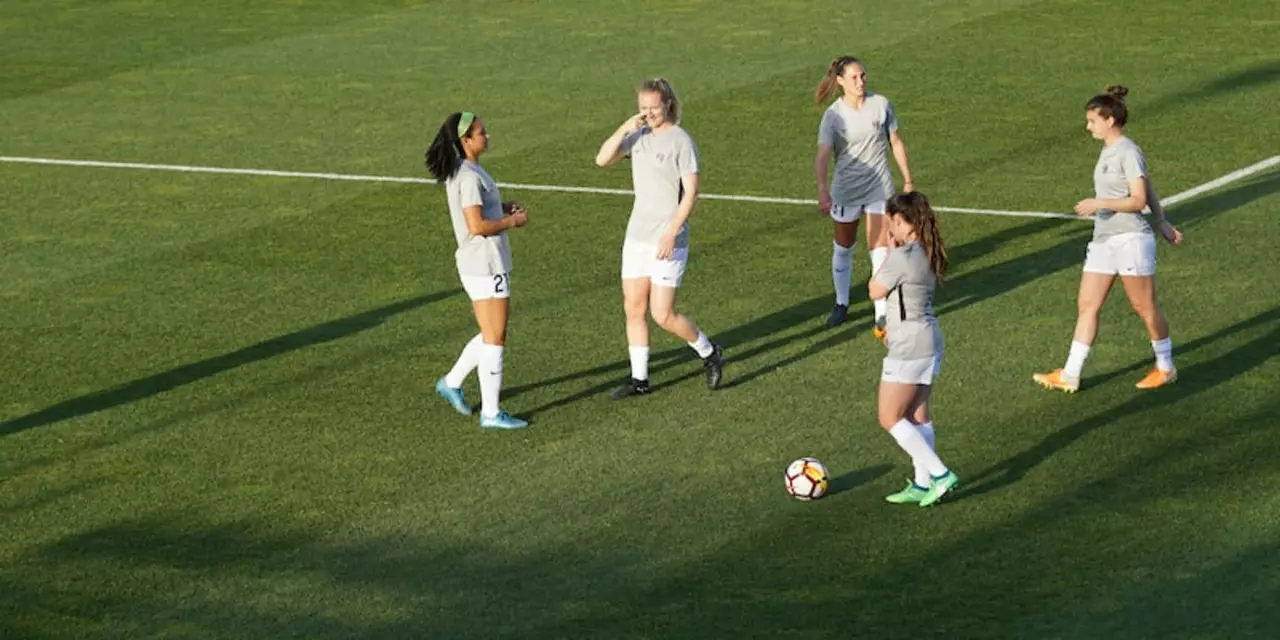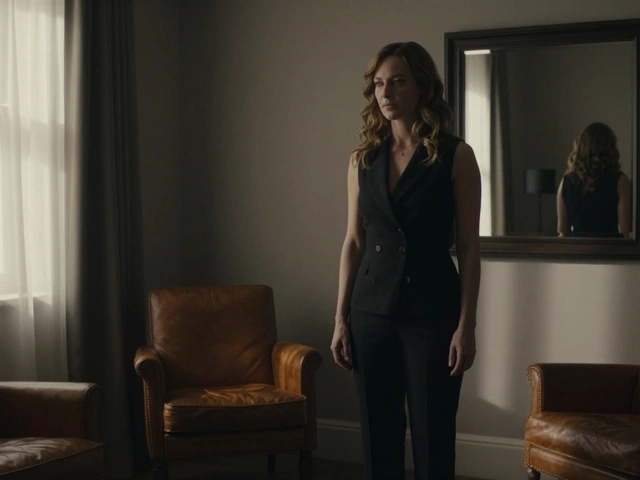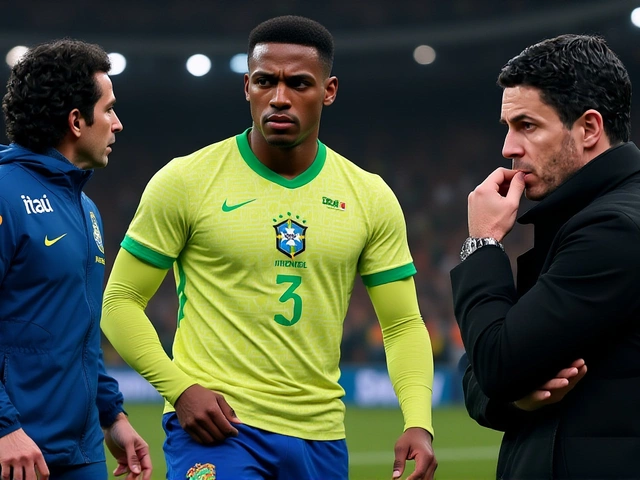Cleats – Your Quick Guide to Picking the Right Soccer Shoes
If you’ve ever slipped on the pitch because your shoes didn’t match the surface, you know how important the right cleats are. In this guide we’ll break down the basics of fit, the different stud patterns, and what materials work best. No jargon, just straight‑forward advice you can use right now.
Fit Matters More Than Brand
The first thing to check is how the cleat feels on your foot. It should hug the ball of your foot without pinching, and there should be a thumb’s width of space at the front. Try them on with the socks you usually wear in games – a tighter fit can feel loose when you add thicker socks.
Walk around the store, then do a quick sprint‑stop‑turn drill on a soft surface. If you feel any rubbing or the heel lifts, move to the next size. Remember, a snug fit helps with ball control and reduces the chance of blisters.
Stud Type: Turf, Firm Ground, or Soft Ground?
Not all fields are created equal. Turf cleats have many small rubber studs and work well on artificial grass or indoor surfaces. Firm‑ground (FG) cleats have molded plastic studs that offer a good grip on natural grass that’s neither too dry nor too muddy.
If you play on wet or heavy fields, soft‑ground (SG) cleats with metal or longer plastic studs give the extra bite you need. Using the wrong stud type can make you slide or dig too deep, so match the cleats to the pitch you play most often.
Material is another key factor. Leather gives a classic feel and stretches with your foot, but it’s heavier and needs more break‑in time. Synthetic uppers are lighter, water‑resistant and often cheaper. For most players, a high‑quality synthetic FG shoe offers the best blend of comfort and performance.
Maintenance is simple but often ignored. After each match, wipe the studs with a dry cloth to remove mud. Let the shoes air‑dry away from direct heat – a heater can crack the material. Replace the studs when they become rounded; a worn stud loses traction fast.
Finally, think about your position. Defenders and strikers benefit from a firmer sole for quick bursts, while midfielders may prefer a bit more flexibility for longer runs. Different brands market “speed” or “control” models, but the real difference lies in how the shoe feels during your own movement.
Choosing the right cleats isn’t about buying the most expensive pair. It’s about matching fit, stud type, and material to your playing conditions and style. Follow these tips, give the shoes a proper break‑in, and you’ll notice better grip, fewer injuries, and a boost in confidence every time you step onto the field.

This article explores the question of whether a person can use baseball cleats for soccer when playing goalkeeper. The answer is generally no, as the cleats are designed for a different type of surface, and the studs on the bottom of the cleats are different. Baseball cleats are designed to provide traction on grass and dirt, while soccer cleats are designed to provide traction on artificial turf or grass. Additionally, the studs on the bottom of baseball cleats are generally too long and stiff for soccer, while soccer cleats have shorter and softer studs. In conclusion, it is not recommended to use baseball cleats for soccer as a goalkeeper. (Read More)




